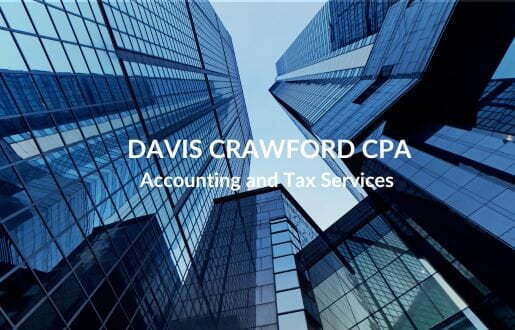How to Estimate Quarterly Taxes?
How to Estimate Quarterly Taxes?
How to Estimate Quarterly Taxes?
If you're a sole proprietor or partner in an LLC, you may be required to make quarterly estimated tax payments throughout the year. These payments are designed to ensure that you pay your full annual tax liability on time. This blog post will guide you through the process of estimating and making quarterly estimated tax payments.
Understanding Estimated Taxes
Estimated taxes are advance payments made throughout the year to cover your expected annual tax liability. They are required if you expect your estimated tax liability for the year to exceed $1,000.
Factors Affecting Estimated Tax Liability
Several factors can influence your estimated tax liability, including:
- Income: Your expected income for the year, including wages, business income, and investment income.
- Deductions and Credits: Any tax deductions or credits you anticipate claiming.
- Tax Rate: Your applicable tax rate, which depends on your income level.
- Withholding: The amount of taxes withheld from your wages or other income sources.
Estimating Your Tax Liability
To estimate your tax liability, you can use the IRS's Tax Table or the Tax Rate Schedules. You can also use tax software or consult with a tax professional like Davis Crawford Accounting and Tax.
Making Quarterly Estimated Tax Payments
Estimated tax payments are due on the 15th day of the fourth, sixth, ninth, and 12th months of the year. If the due date falls on a weekend or holiday, the payment is due on the next business day.
Avoiding Underpayment Penalties
To avoid underpayment penalties, you must pay at least 90% of your current year's tax liability or 100% of your prior year's tax liability, whichever is greater. If your prior year's tax liability was less than $1,000, you must pay 90% of your current year's tax liability.
Tips for Estimating Quarterly Taxes
- Track Your Income and Expenses: Keep accurate records of your income and expenses throughout the year.
- Use Tax Estimation Tools: Consider using online tax estimation tools or software to help you calculate your estimated tax payments.
- Consult with a Tax Professional: A tax professional like Davis Crawford Accounting and Tax can provide expert guidance and help you avoid underpayment penalties.
- Review Your Estimates Regularly: As your income or expenses change throughout the year, review your estimated tax payments to ensure they remain accurate.
Conclusion
Estimating and making quarterly estimated tax payments is an important responsibility for sole proprietors and partners. By following the guidelines outlined in this blog post and seeking professional advice when needed, you can ensure that you are complying with your tax obligations and avoiding penalties.
Remember, if you have any questions or concerns about estimated taxes, it's always a good idea to consult with a tax professional like Davis Crawford Accounting and Tax.

Locations We Serve
We maintain physical offices in New Jersey and New York but work with clients all across the country! With streamlined technology and processes, location isn't barrier to accessing top-tier financial services. We provide convenient access to expert accounting, bookkeeping, payroll, tax preparation & planning, and financial reporting services no matter where you are in the country.
Work with us
Are you ready to maximize your tax savings with our expert strategies while minimizing your overhead and operating costs?
Experience comprehensive financial solutions with our all-in-one Outsourced Accounting monthly subscription service, covering accounting, bookkeeping, payroll, tax preparation & planning, and financial reporting for your business's sustained growth and success.
Click below to book your free consultation.

Let's stay in touch!
Join our mailing list for exclusive tax and accounting updates delivered straight to your inbox. We promise to send emails only when we have something truly valuable to share. Unsubscribe anytime.
